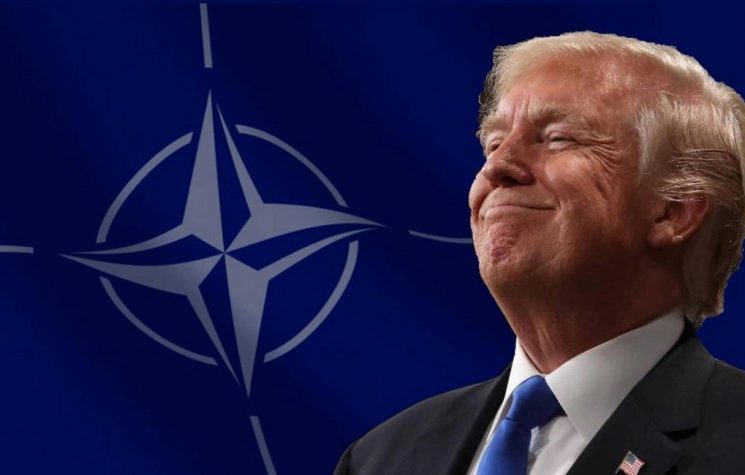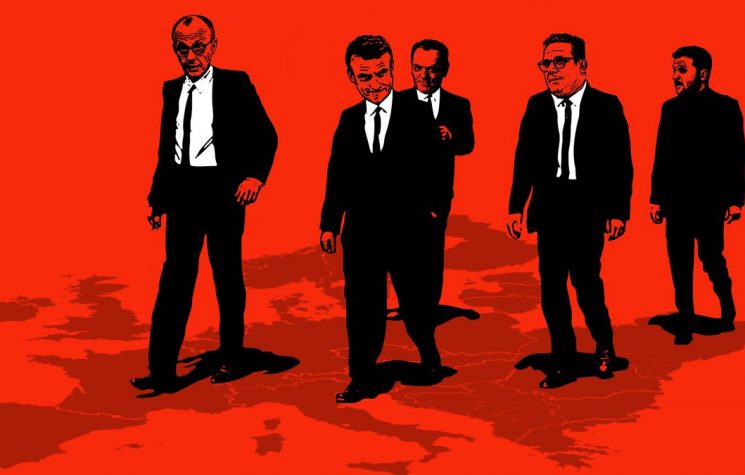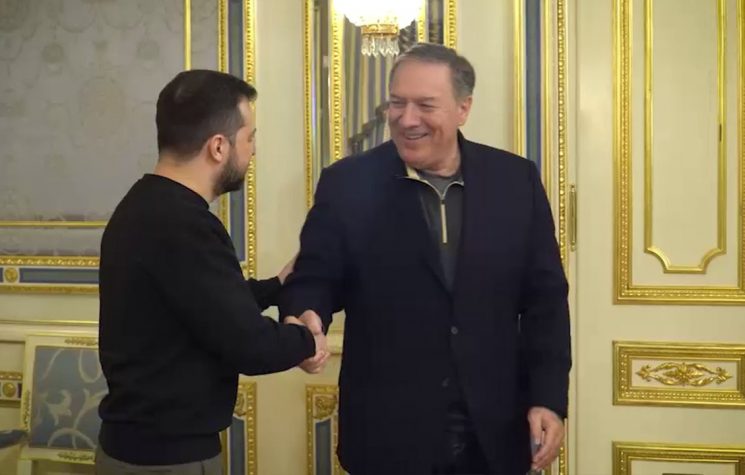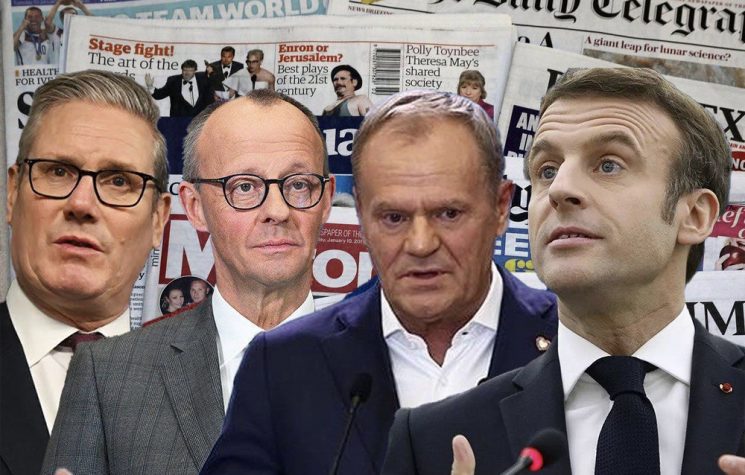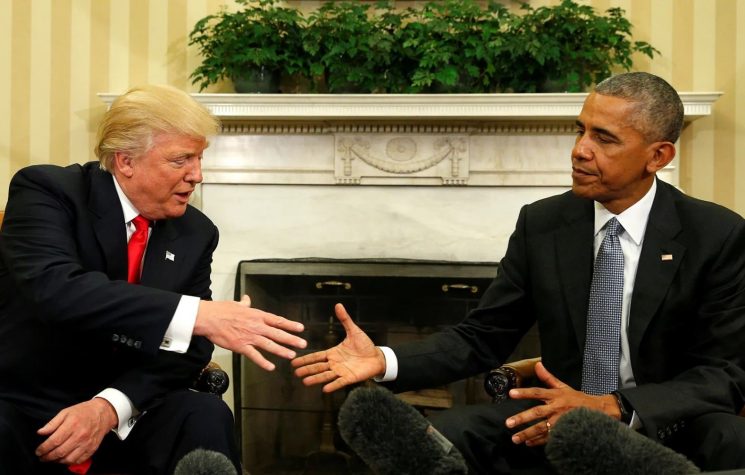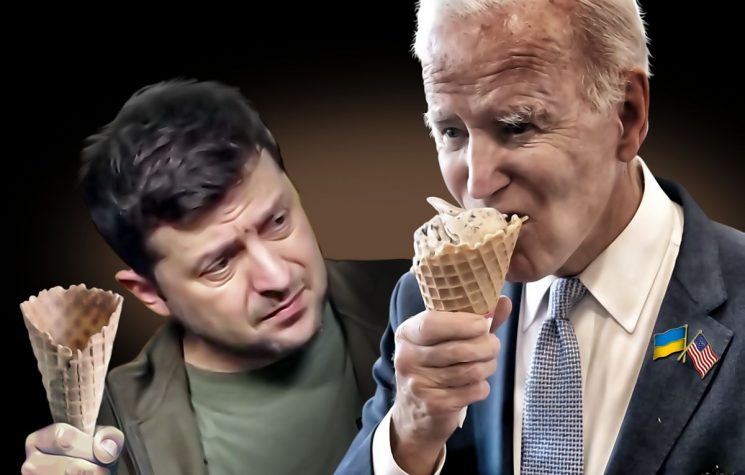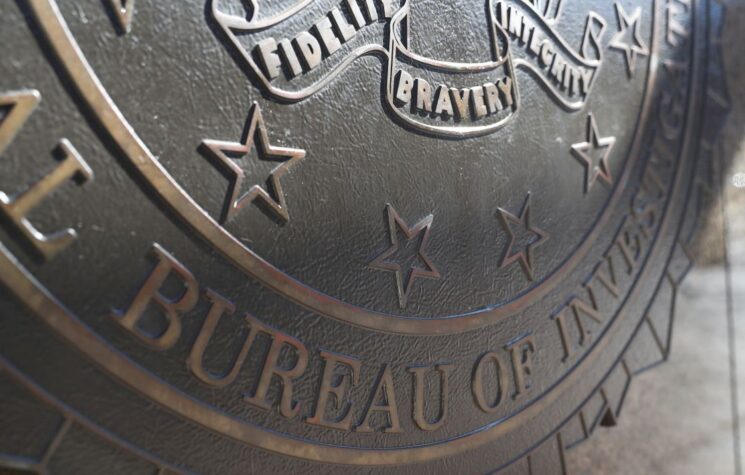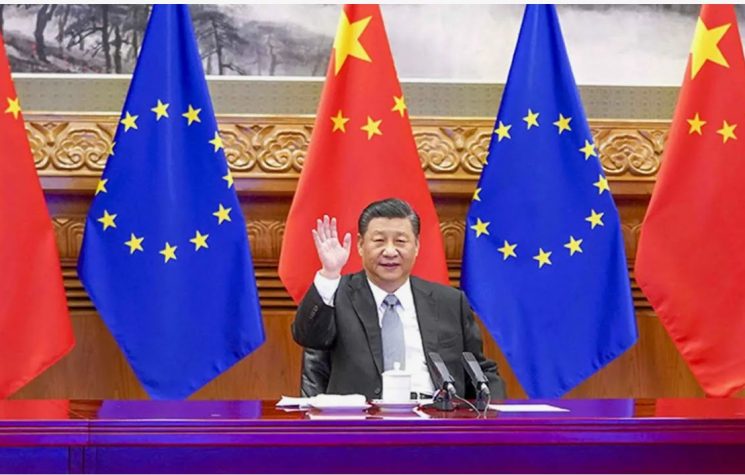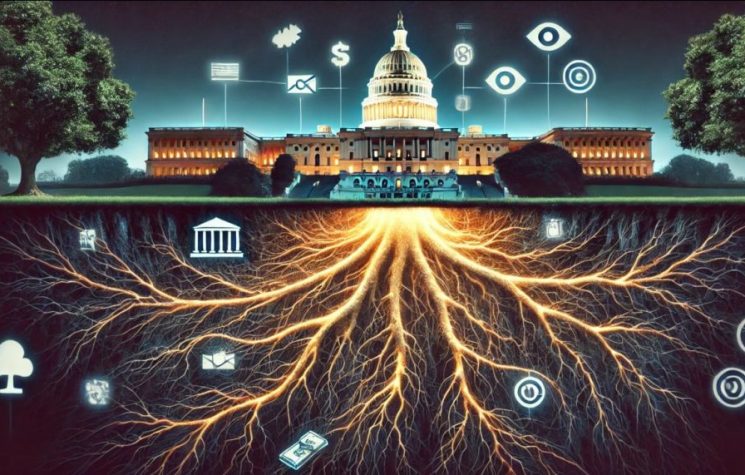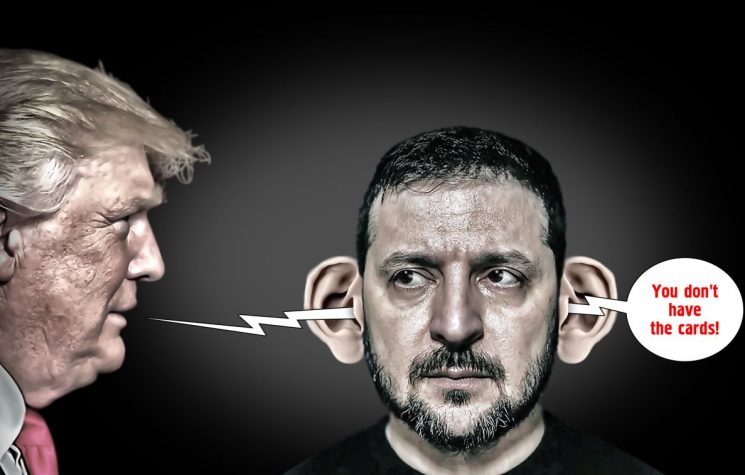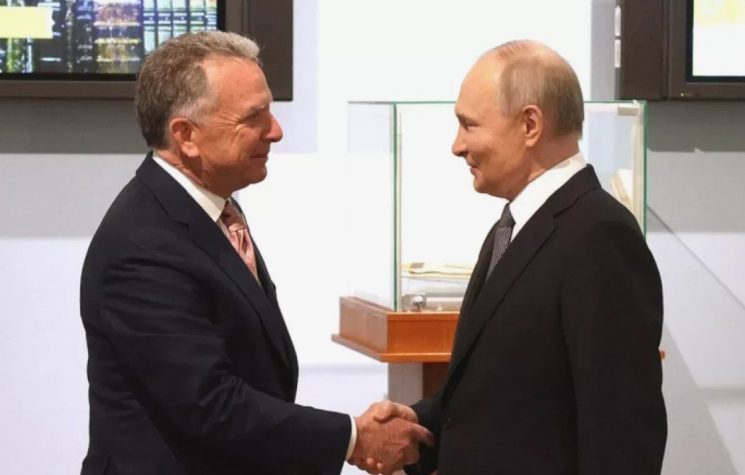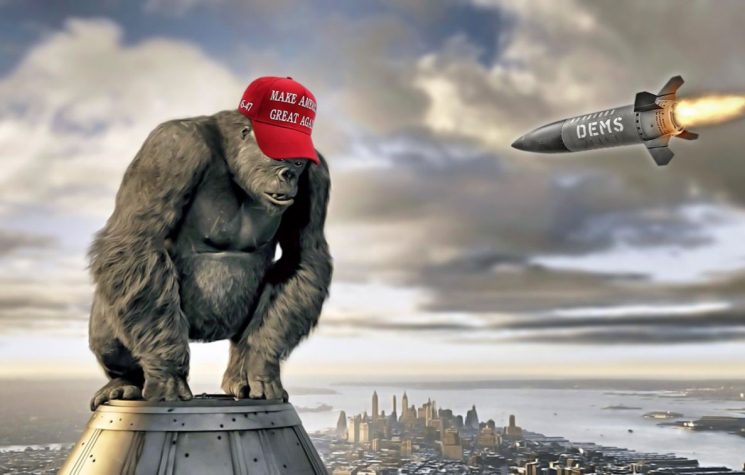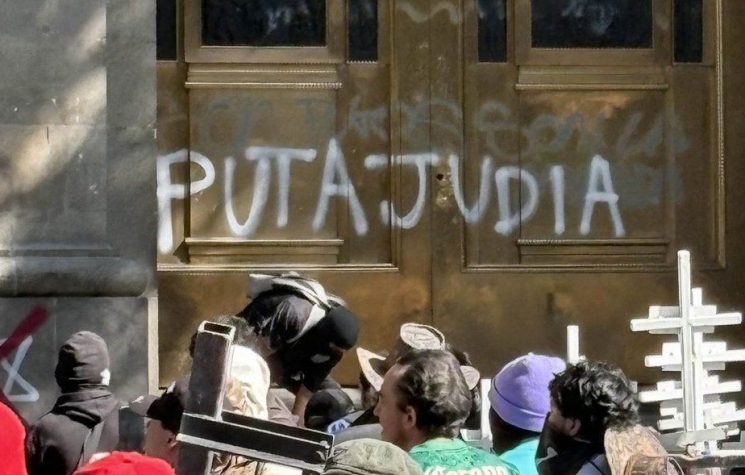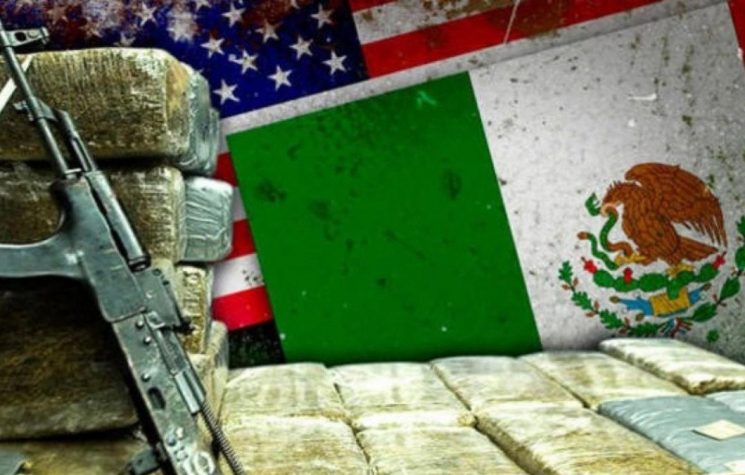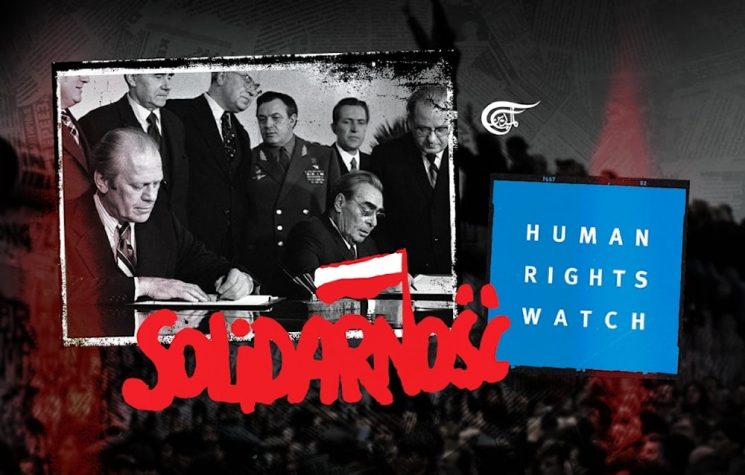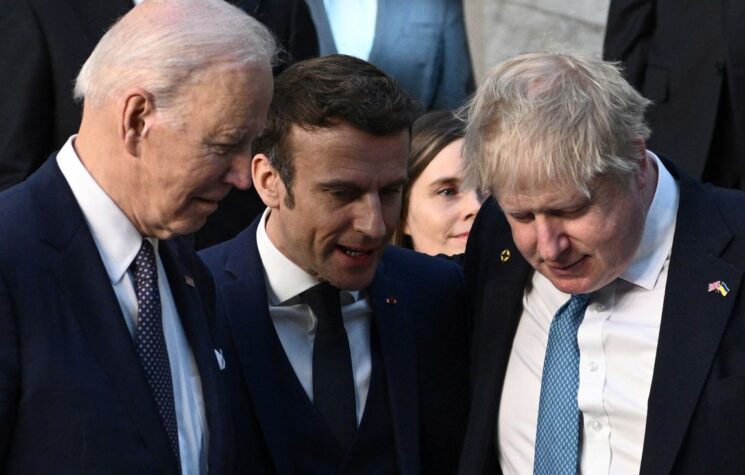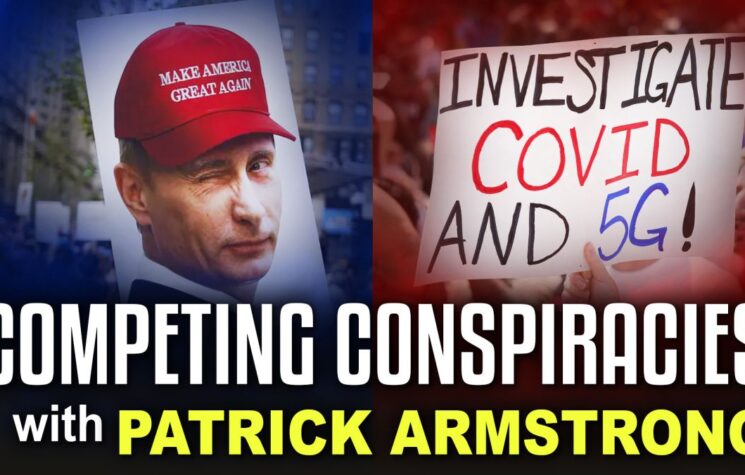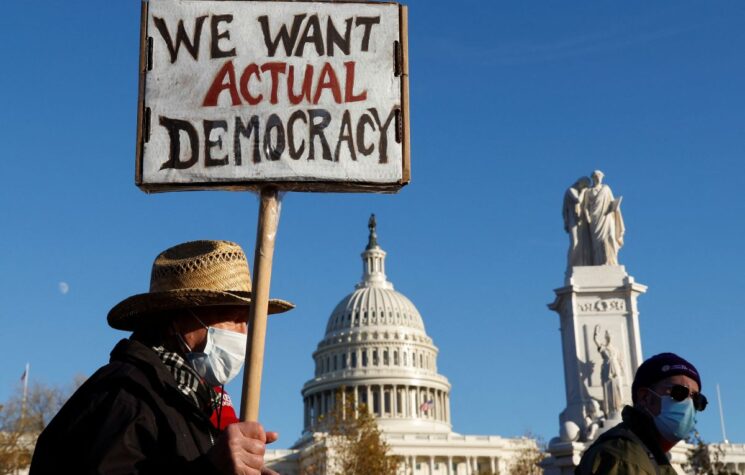A deeply divided country: there is no common conversation in the United States today – one person’s conspiracy theory is another’s truth.
No subtlety of thought survives in the culture of unreason. Public space is populated with poseurs, cutouts, and imposters. Public discourse, with some exceptions, is much of the time not worth bothering with.
– Patrick Lawrence: Obituary for Russiagate.
There is a conspiracy theory that the CIA put the very expression into general use to discredit alternate theories about the murder of President Kennedy. Perhaps that’s true – there is a CIA document – but the expression has been around for a long time. At any event it has become a slur to discredit political opponents. The accusation replaces rational discussion.
There have been actual conspiracies in history. There was a conspiracy to murder Caesar. And to murder Anwar Sadat. The Bolsheviks did conspire to take power and so did Guy Fawkes. Sometimes they succeeded – often surprising the conspirators – and sometimes they didn’t. Many times the conspirators thought the deed itself was all that needed to be done but Caesar was succeeded by Caesar and Sadat by his chosen successor. There are probably fewer conspiracies than people imagine but they do exist.
Conspiracy theories abound in the USA today. But, it should be made clear from the outset of this discussion that there are two different kinds of conspiracy theories – unacceptable ones and acceptable ones. An example of the first kind is the assertion that Trump was cheated of victory by vote-faking in key areas. The assertion is “baseless”, pushed by the “far-right-wing” and the “deluded“; has been “debunked” in detail; its so-called arguments are “bogus, none credible“; there is “no evidence” and so on. The full weight of the corporate media stands against this idea and it flourishes only in the undergrowth. Nonetheless, 29% of Americans in a March survey “completely” or “mostly” agreed that the election had been stolen from Trump (66% of Republicans, 27% of independents and 4% (!) of Democrats). So that particular conspiracy theory has significant support.
Other conspiracy theories are respectable: for example the one that the Russians got Trump elected in the first place. Loudly trumpeted by the corporate media for the entirety of his term, the indictment of a principal source of the famous dossier ought to have killed it. But no: to the believers the revelation that a key foundation of the conspiracy theory was a made-up and paid-for fraud makes no difference – “Even if every single word in the Steele dossier was wrong, that would not change the fact that the Russians sought to manipulate the US election“; “it wasn’t a hoax“; the fact that it was a fake was further proof that it was Kremlin-managed.
And so the American population is divided between those who think that Putin won the 2016 US presidential election and those who think Trump won the 2020 election. There is no common ground.
A lot has been written about conspiracy theories, the how and why of them – here’s one and there’s plenty more. But something that is seldom mentioned in these discussions is falsifiability. As Karl Popper argued, a real theory must be capable of being proved false. There must be some imaginable empirical datum that would disprove it. Sometimes, as with the addition of the Lorentz transformations to Newtonian/Galilean transformations, an old theory is proven to be accurate but incomplete. Sometimes an old theory is completely disproven as the aether theory was by the Michelson-Morley experiment. But all real theories are falsifiable. A scientific theory, in short, is true until someone proves that it isn’t. As Richard Feynman said: “Science is the belief in the ignorance of experts”. And, as another great physicist observed, these changes are not necessarily accomplished by rational argument: “A new scientific truth does not triumph by convincing its opponents… but rather because its opponents eventually die.”
This principle can also be applied to conspiracy theories. For example, if it could be established that Dominion voting machines can not be connected to the Internet, that fact would be a fatal blow to one of the pillars of the Trump won story. Likewise, if it could be established that a fundamental source of the Dossier was a fake then a pillar of the Putin elected Trump story falls. A theory that cannot be falsified is nonsense. Likewise a theory whose believers will never accept any contrary evidence is nonsense. Q-Anon rolls on for years promising the Complete Revelation every tomorrow and the one after that; the Russiagate conspiracy theory rolls on mutating as required. The more contrary evidence, the more tightly believers cling to them. Actual conspiracy theories therefore are not falsifiable because they’re all conspiracy and no theory.
If they are falsifiable, therefore, “conspiracy theories” are theories; no modifier. The examples in the article cited above – Pizzagate, Q-Anon, Obama’s place of birth and Soros – all happen to be theories that violate conventional wisdom and therefore are tossed into the conspiracy theory bin by the conventionally-inclined. Typically, the author makes no mention of a conspiracy theory that occupied far more space and effort and had much greater effect on the real world than any of these. And that’s because Trumputin was conventional wisdom, pushed every day by the corporate media, and the others weren’t. Trumputin was said to have “a mountain of evidence” and “proof“; the others were dismissed without consideration.
In short, rather than using the useless expletive “conspiracy theory”, it would be more accurate to say that theories that run counter to conventional wisdom abound in the United States today. Some of them – Q-Anon – fail the test of falsifiability, others do not. Some have received enough attention to make them more or less probable, others have not. In this respect, it is appropriate to look at what Americans think of their mass media. To an older generation “I read it in the paper” meant something but a Gallup poll in October tells us that it doesn’t mean much today. Only 7% of US adults surveyed had a “great deal” of “trust and confidence” and 29% “a fair amount”; the “trusters” were outnumbered by the 29% who had “none at all” and 34% “not very much”; in 1997 the trusters were 53%. Does anyone expect that decline to reverse? Another poll says the USA ranks last in media trust of 86 countries. One more shows a major political division. No one should be surprised – the mainstream media was full of one conspiracy theory and ignored the other.
COVID-19 is another revelation that there are two separate islands of opinion. Take, for example, the simple factual question – yes or no – did Dr Fauci’s organisation fund gain-of-function experiments in the Wuhan laboratory? A rather important matter, one would think. Snopes, that reliable defender of the status quo, says “unproven” in May in a long-winded piece. Denied by Fauci in May: “The NIH has not ever and does not now fund gain-of-function research in the Wuhan Institute of Virology.” Two Pinocchios said the WaPo. But finally admitted in October: “a top official at the National Institutes of Health has conceded that contrary to the repeated assertions of Dr. Anthony Fauci, the NIH did indeed fund highly dangerous gain-of-function research on bat-borne coronaviruses in the Wuhan Institute of Virology.” And more: “The annual report described the group’s work from June 2017 to May 2018, which involved creating new viruses using different parts of existing bat coronaviruses and inserting them into humanized mice in a lab in Wuhan, China. The work was overseen by the NIH’s National Institute of Allergy and Infectious Diseases, which is headed by Anthony Fauci.” And so May’s conspiracy theory became October’s fact.
Did the virus leak from these US-funded experiments? No one knows but it cannot be ruled out. As to Dr Fauci himself, he may have overreached by telling his critics that he represents science; when even the WaPo carries a piece entitled “Fauci Can’t Use Science to Excuse His Missteps” perhaps his best-before date is nearing. Despite the prayer candles. In this respect, the fate of Robert Kennedy’s book, The Real Dr Fauci, is indicative; it’s Number One on Amazon with 96% five-star ratings. This is the more remarkable because of the full-scale attack on him from the establishment media: he is “the dumbest Kennedy“; “race-baiting ‘documentary’ and disinformation to advance bogus theories and seed anti-vaccine sentiment“; “documented history of promoting debunked theories about vaccines“; banned on social media. Tucker Carlson, in “a new escalation of his anti-science rhetoric”, had an interview “with longtime anti-vaccine conspiracy theorist Robert F. Kennedy Jr.” Nonetheless, a lot of people are buying and reading it. These media campaigns don’t work as well as they used to. Indeed the 29% who had no trust at all probably believe the reverse of what the conventional media says. I know I do: if they’re all shouting the same thing, I take it as a powerful indicator that the opposite is true. We should read Western media the way the Soviets read theirs.
However, there are unrelenting attempts to create conspiracy theories that all Americans can agree on. For years we have had the conspiracy theory that Putin is behind everything bad; in its current manifestation he’s about to invade Ukraine (or as the US Defense Secretary put it: “an incursion by the Soviet Union into the Ukraine“). Another fast-growing set of conspiracy theories focus on China, the “Wuhan lab leak” being one example. (Dangerous that because of Fauci’s funding of GoF research in Wuhan). China is about to invade Taiwan or starving Uyghers are forced to stuff themselves with pork or tennis players are disappeared; these conspiracy theories are safer. One of the principal pushers of the first conspiracy theory is switching to the other: he senses the change in the party line. And there’s always North Korea where the rats eat the babies and the babies eat the rats.
The China conspiracy theory seems to be working – a survey by the Reagan Foundation found that 52% saw China as the “greatest threat” to the USA (Russia well behind at 14% and North Korea just behind it at 12%). Three years ago Russia was 30% to China’s 21%. More striking is that China has gained twenty points since February. Can the Putin-won-2016/Trump-won-2020 divide be bridged by a Chinadunnit conspiracy theory?
But agreeing on a common enemy is one thing, the internal divisions are something else. In this respect the Reagan Foundation survey cited above is indicative. It finds that disbelief is spreading rapidly in the American population: trust in all institutions is dropping; confidence in the US military is dropping; support for active global leadership is dropping. A survey just now shows a slight majority of American youth regarding their democracy as in trouble. Not the strongest foundation for more foreign adventures.
A deeply divided country: there is no common conversation in the United States today – one person’s conspiracy theory is another’s truth.













